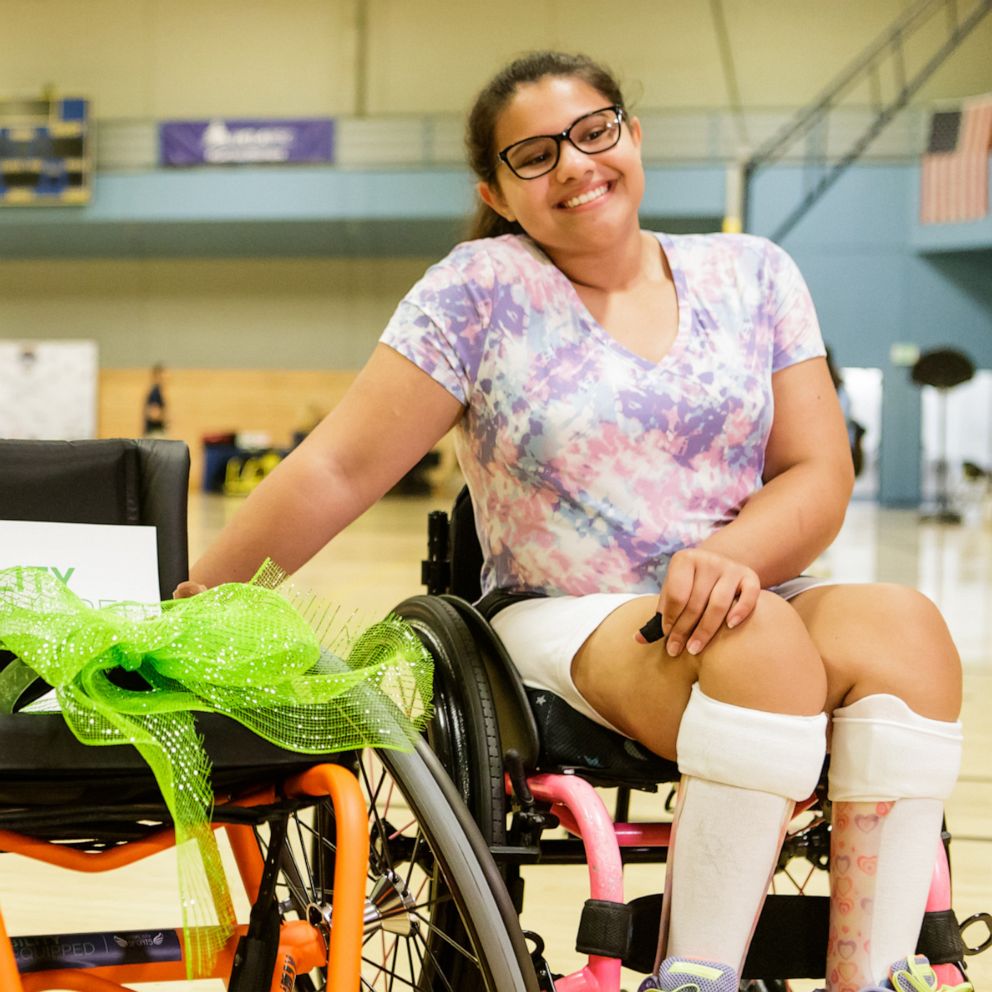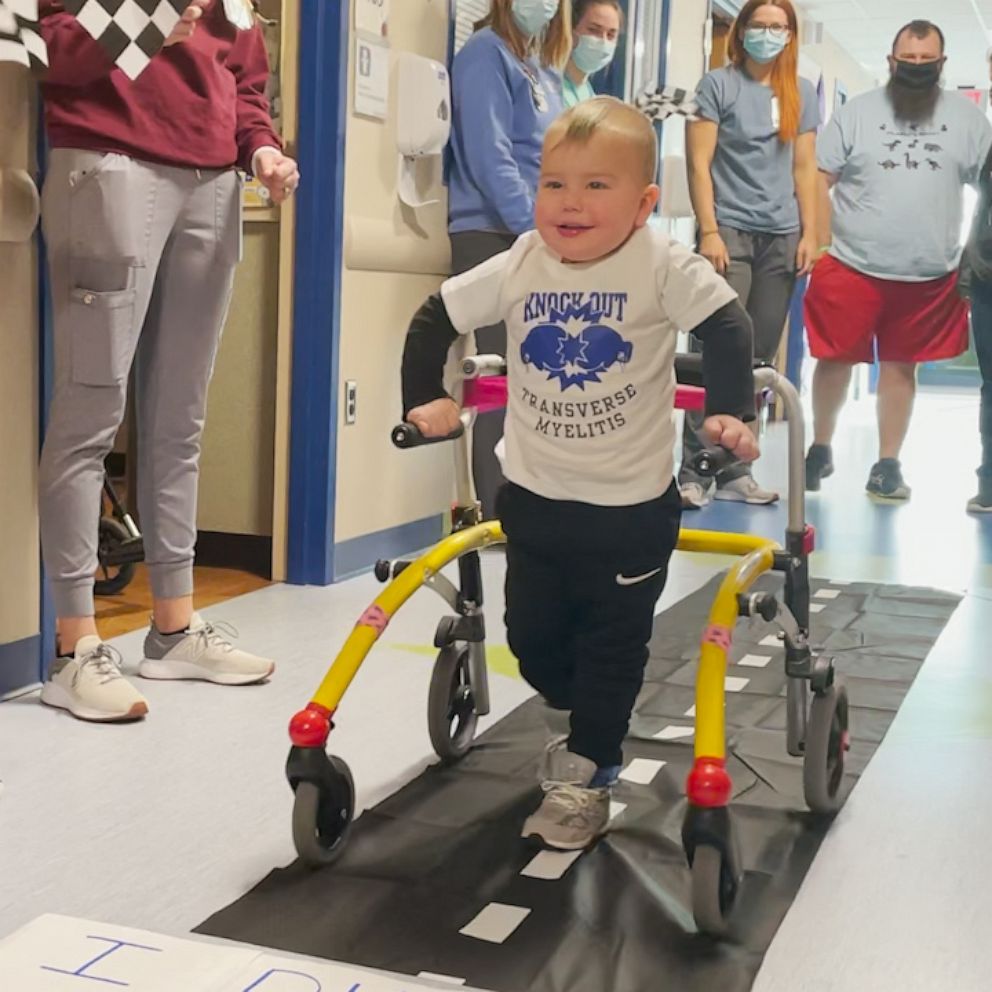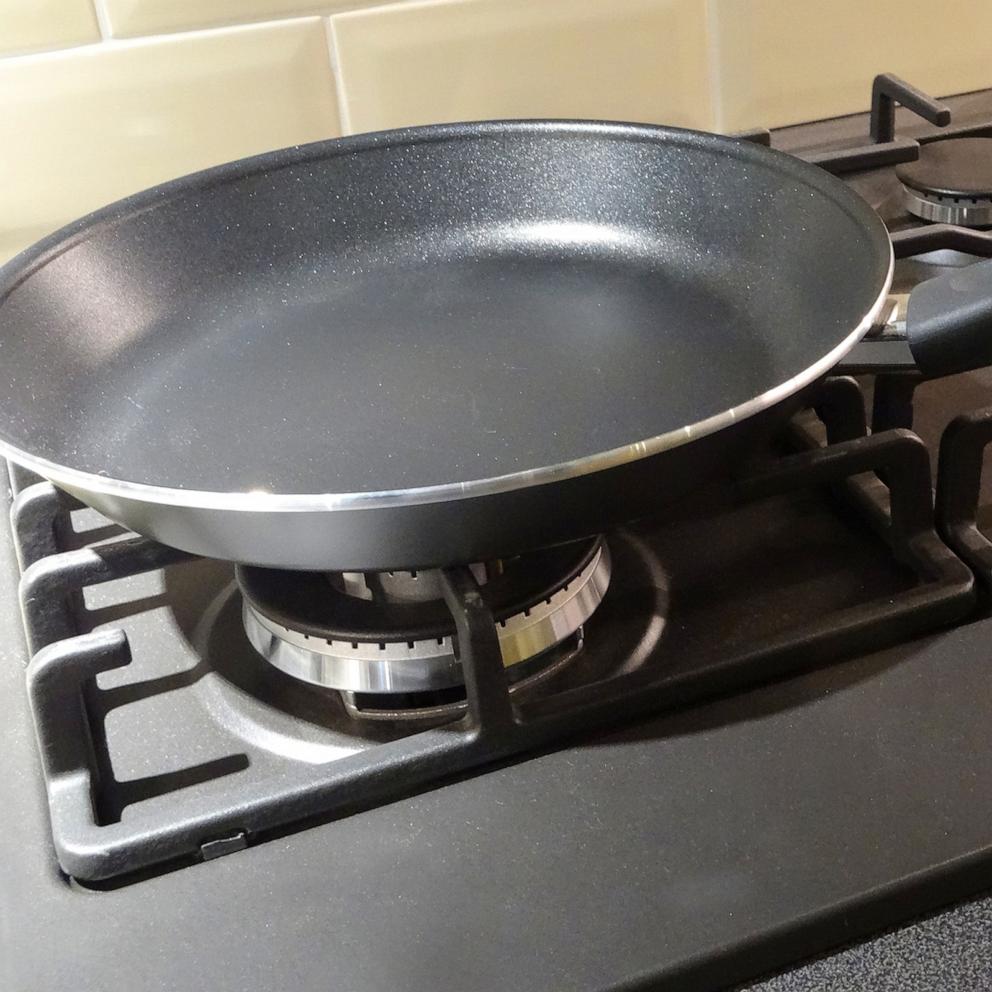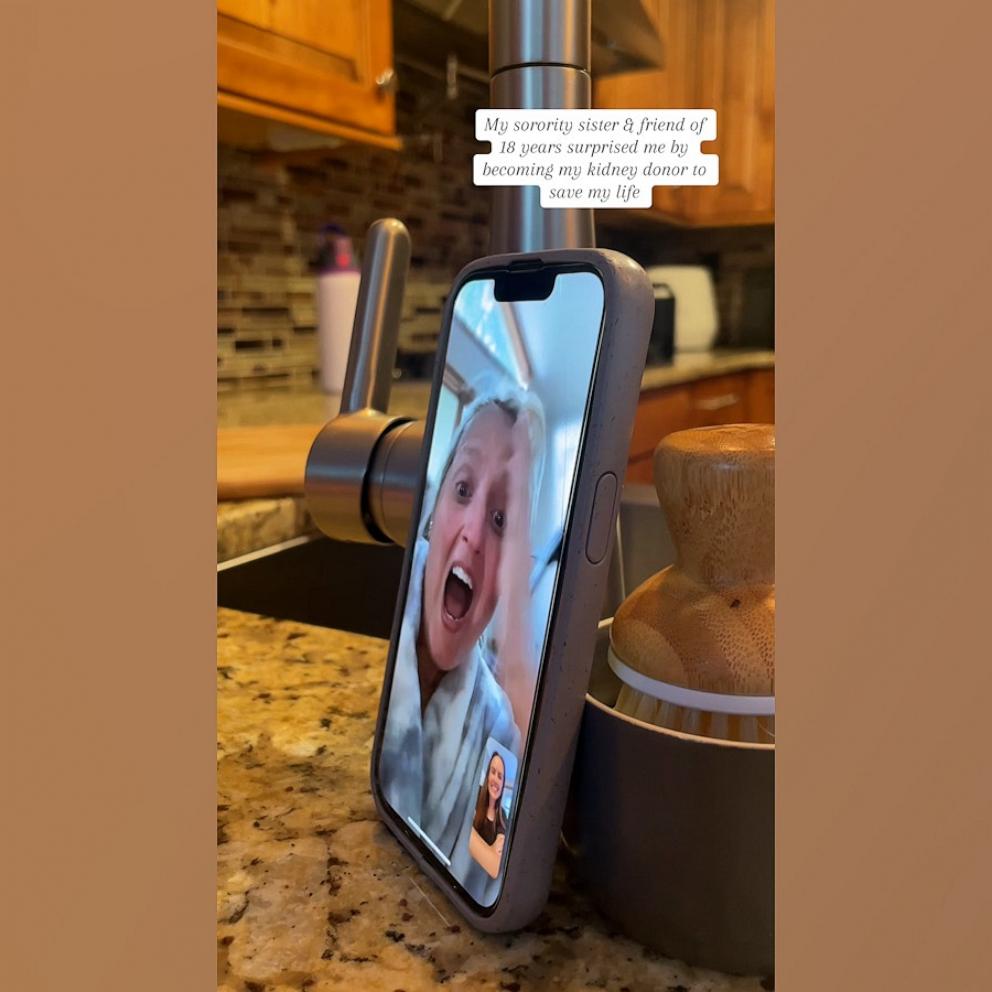Paralyzed man who can walk again shows potential benefit of stem cell therapy
A man who was paralyzed from the neck down after a surfing accident seven years ago is now able to stand and walk on his own, thanks in part to a potentially groundbreaking stem cell treatment.
Chris Barr was the very first patient in a Mayo Clinic study that collected stem cells from his own stomach fat, expanded them in a laboratory to 100 million cells and then injected the cells into Barr's lumbar spine.
Over five years after undergoing the therapy, Barr said he is continuing to gain more independence and get faster at walking.
"I never dreamed I would have a recovery like this," Barr told ABC News' Will Reeve. "I can feed myself. I can walk around. I can do day-to-day independent activities."
Barr shared an update with Reeve on his own progress as Mayo Clinic published new data showing the success of the stem cell treatment in a clinical trial involving 10 patients, including Barr.

According to the trial's results, published Monday in the journal Nature Communications, seven of the 10 patients experienced increased strength in muscle motor groups and increased sensation to pinpricks and light touch.
Three patients in the study had no response to the stem cell therapy, meaning they did not get better or worse, according to the Mayo Clinic, based in Rochester, Minnesota.
"These findings give us hope for the future," Dr. Mohamad Bydon, a neurosurgeon and spinal cord researcher at the Mayo Clinic and the study's lead author, told Reeve, who is also the director of The Christopher Reeve Foundation, a nonprofit "dedicated to curing spinal cord injury," according to its website. The foundation, named in honor of Will Reeve's late father, was not involved in the funding of Bydon's research.
Bydon's research at the Mayo Clinic is a Phase 1 study that began in 2018.
The newly published results of the study show that of the seven patients who saw improvement after the stem cell therapy, each moved up at least one level on the American Spinal Injury Association -- or ASIA -- Impairment Scale, which has five levels documenting patients' function.
"This trial shows us that stem cells are safe and potentially beneficial in the treatment of spinal cord injury," Bydon said. "This can be a milestone in our field of neurosurgery, neuroscience and of treating patients with spinal cord injury."
There is currently no U.S. Food and Drug Administration-approved treatment for spinal cord injury.
Bydon and other researchers are still trying to understand how and why the stem cells interact with the spinal cord to result in progress for some patients, and additional research is underway among a larger group of people to further assess risks and benefits.
In Barr's case, he told Reeve in 2019 he began to quickly see improvements, like getting feeling back in his legs, after undergoing the stem cell treatment.

Now five years later, he described making further long-term improvements, like being able to walk for consistent intervals without assistance.
"I'm just thrilled that there are people taking bold steps to try and do research to cure this," Barr said. "It's been a wild ride and it's not over yet."
Dr. Priscilla Koirala, a member of the ABC News Medical Unit, contributed to this report.






